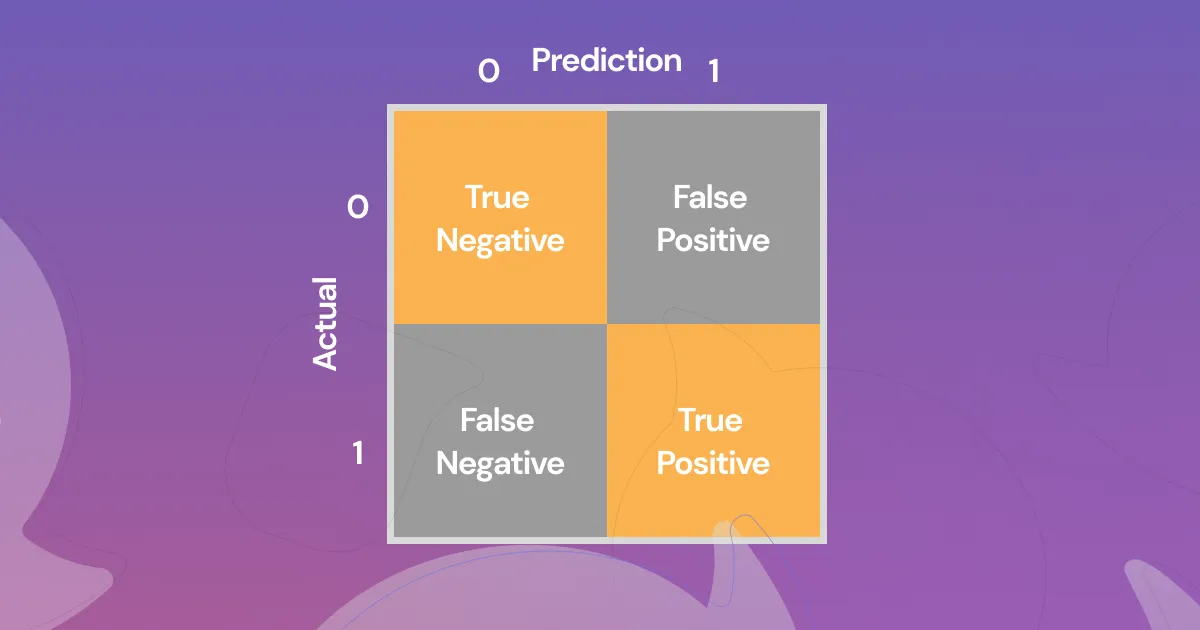1. It’s all about the context
When making a judgment call about whether to use LLMs, Anna believes it’s important to take your unique context into account.
As conversation designers, we don’t write wedding speeches. We guide technology in discussing business matters with our customers. That anchors our work soundly within the realm of commercial writing.
Unlike creative writing, commercial writing is full of constraints. You take in information from select sources and write what helps you achieve business goals. Along the way, brand guidelines dictate not only what you can say but also how you say it.
LLMs make sense in this context because, similar to commercial writing, what you feed it has a direct impact on what’s generated. The input determines the output.
2. It’s all part of the process
Anna believes LLMs should be used for part, but not all, of the writing process.
As a life-long writer who majored in English literature, Anna heard one quote over and over again during university: “There’s no such thing as good writing—only good rewriting.”
“There’s no such thing as good writing—only good rewriting.”
–Countless university professors
Countless professors echoed this sentiment to help students understand that professional writers never publish a first draft. It was a memorable way for them to communicate that revision is an indispensable part of the writing process.
The same rule applies to content generated by LLMs. They can help you generate a V1, but that’s not what you should publish. Between that first step and the finish line lies the revision process, which humans are uniquely qualified to handle.
According to the University of North Carolina at Chapel Hill, revision means looking at something again with a fresh perspective. It typically involves “reconsidering your arguments, reviewing your evidence, refining your purpose, reorganizing your presentation, [and] reviving stale prose”—tasks artificial intelligence tends to struggle with.
When working with LLMs, it’s also important to validate what’s generated. That’s how you ensure facts are accurate and what’s said is intentional.
3. It’s all because of the benefits
“If it’s not broke, don’t fix it” can be a comforting thought. However, because companies stand to benefit from greater efficiency and better outcomes, Anna believes it’s worthwhile to embrace this change.
We’re all familiar with the plague of writer’s block. No one enjoys staring at a blank page. By getting words on paper quickly, LLMs effectively speed up the writing process, leaving more time for the higher-value work of revising (not to mention unrelated, mission-critical projects).
LLMs also quickly generate a large variety of utterances. In the traditional content creation process, that task requires little skill but can take a lot of time. LLMs thus eliminate a lot of tedium from your workflow.
Take these two utterance workflows, for example. In the time it took to manually write and edit 10 utterances for the intent from scratch (left), the designer using generative AI could create eight different intents with as many utterances. The efficiency is great, but the benefits of LLMs truly show when conversation designers can spend this newly freed time on the art of the assistant experience.
The terms and concepts presented by generative AI can also trigger critical thinking and foster innovation. By prompting your brain to form new connections and consider things you hadn’t thought of before, this fuels original content development.
In sum, LLMs enable you to reclaim valuable brain space while designing better user experiences.
1. It’s all about the context
When making a judgment call about whether to use LLMs, Anna believes it’s important to take your unique context into account.
As conversation designers, we don’t write wedding speeches. We guide technology in discussing business matters with our customers. That anchors our work soundly within the realm of commercial writing.
Unlike creative writing, commercial writing is full of constraints. You take in information from select sources and write what helps you achieve business goals. Along the way, brand guidelines dictate not only what you can say but also how you say it.
LLMs make sense in this context because, similar to commercial writing, what you feed it has a direct impact on what’s generated. The input determines the output.
2. It’s all part of the process
Anna believes LLMs should be used for part, but not all, of the writing process.
As a life-long writer who majored in English literature, Anna heard one quote over and over again during university: “There’s no such thing as good writing—only good rewriting.”
“There’s no such thing as good writing—only good rewriting.”
–Countless university professors
Countless professors echoed this sentiment to help students understand that professional writers never publish a first draft. It was a memorable way for them to communicate that revision is an indispensable part of the writing process.
The same rule applies to content generated by LLMs. They can help you generate a V1, but that’s not what you should publish. Between that first step and the finish line lies the revision process, which humans are uniquely qualified to handle.
According to the University of North Carolina at Chapel Hill, revision means looking at something again with a fresh perspective. It typically involves “reconsidering your arguments, reviewing your evidence, refining your purpose, reorganizing your presentation, [and] reviving stale prose”—tasks artificial intelligence tends to struggle with.
When working with LLMs, it’s also important to validate what’s generated. That’s how you ensure facts are accurate and what’s said is intentional.
3. It’s all because of the benefits
“If it’s not broke, don’t fix it” can be a comforting thought. However, because companies stand to benefit from greater efficiency and better outcomes, Anna believes it’s worthwhile to embrace this change.
We’re all familiar with the plague of writer’s block. No one enjoys staring at a blank page. By getting words on paper quickly, LLMs effectively speed up the writing process, leaving more time for the higher-value work of revising (not to mention unrelated, mission-critical projects).
LLMs also quickly generate a large variety of utterances. In the traditional content creation process, that task requires little skill but can take a lot of time. LLMs thus eliminate a lot of tedium from your workflow.
Take these two utterance workflows, for example. In the time it took to manually write and edit 10 utterances for the intent from scratch (left), the designer using generative AI could create eight different intents with as many utterances. The efficiency is great, but the benefits of LLMs truly show when conversation designers can spend this newly freed time on the art of the assistant experience.
The terms and concepts presented by generative AI can also trigger critical thinking and foster innovation. By prompting your brain to form new connections and consider things you hadn’t thought of before, this fuels original content development.
In sum, LLMs enable you to reclaim valuable brain space while designing better user experiences.






%25201.webp)
.svg)